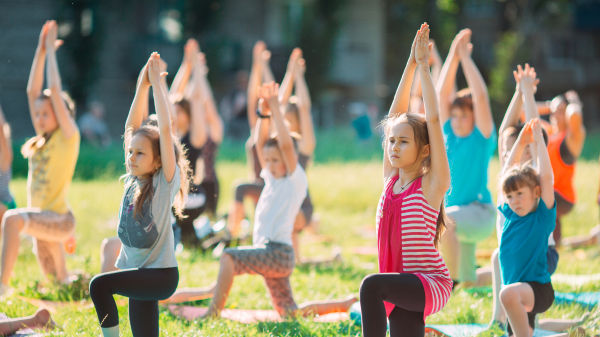
- Yoga For Kids -
Yoga for kids is a beneficial practice that promotes physical and mental well-being. Through age-appropriate poses and exercises, children can improve their flexibility, strength, and balance. Additionally, yoga helps kids develop focus, concentration, and mindfulness skills, which can enhance their overall cognitive abilities. It also provides a safe and non-competitive environment for children to explore their bodies and emotions, fostering self-confidence and self-esteem. Moreover, practicing yoga can help kids manage stress and anxiety, promoting relaxation and better sleep. Overall, yoga is a fun and engaging activity that supports children’s holistic development.
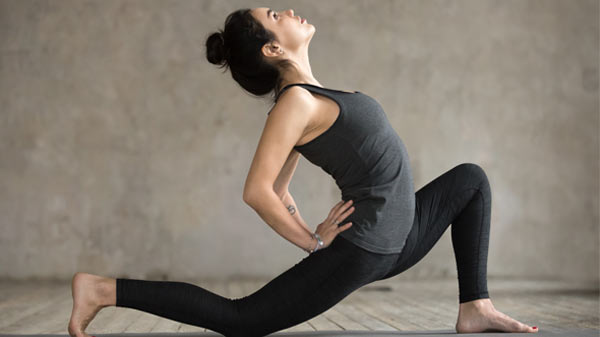
- Yoga For PCOS -
Yoga can be beneficial for women with polycystic ovary syndrome (PCOS). Regular practice of yoga postures, such as gentle stretches, twists, and inversions, can help improve blood circulation to the pelvic area and stimulate the ovaries. This may help regulate hormonal imbalances and promote healthier menstrual cycles. Additionally, yoga can reduce stress levels, which is important for managing PCOS symptoms as stress can exacerbate hormone disruptions. Breathing exercises and meditation techniques practiced in yoga can also promote relaxation and improve overall well-being. It is important to consult with a healthcare professional or a qualified yoga instructor to determine the most suitable yoga routine for individual needs and limitations.
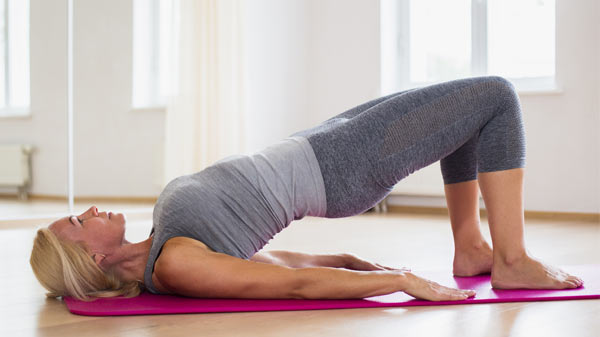
- Yoga For Infertility -
Yoga can be a beneficial practice for individuals struggling with infertility. By incorporating yoga into their daily routine, individuals can experience physical and mental benefits that may help improve their chances of conception. Yoga promotes relaxation and stress reduction, which can be crucial for individuals experiencing the emotional strain of infertility. It also helps regulate hormone levels and improve blood circulation to the reproductive organs, creating a conducive environment for conception. Specific yoga poses, such as the Butterfly pose and the Supported Bridge pose, can target the reproductive system and help increase fertility. Additionally, yoga enhances overall physical well-being by improving flexibility, strength, and balance, which can contribute to a healthy reproductive system. It’s important to consult with a qualified yoga instructor who can guide individuals through appropriate poses and sequences tailored to their specific needs and limitations. While yoga alone may not guarantee pregnancy, it can be a valuable complementary practice to support fertility efforts.
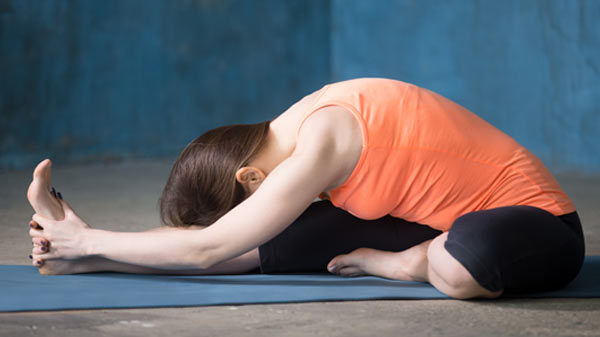
- Yoga For Diabetes -
Yoga can be beneficial for managing diabetes. Regular practice of yoga poses (asanas), breathing exercises (pranayama), and meditation can help improve blood sugar control, enhance insulin sensitivity, and promote overall well-being in individuals with diabetes. Yoga poses such as forward bends, twists, and gentle inversions can stimulate the pancreas and regulate the functioning of the endocrine system. Pranayama techniques like deep breathing and alternate nostril breathing can help reduce stress levels and improve respiratory function, which can have a positive impact on blood sugar management. Meditation and mindfulness practices in yoga can promote relaxation, reduce stress hormones, and improve emotional well-being, all of which can contribute to better diabetes management.

- Yoga For Hypertension -
Yoga can be beneficial for managing hypertension, or high blood pressure. Regular practice of yoga postures, breathing exercises, and meditation can help reduce stress levels and promote relaxation, which in turn can help lower blood pressure. Certain yoga postures, such as forward bends, gentle backbends, and inversions, can have a calming effect on the nervous system and stimulate the relaxation response. Meditation and mindfulness practices are also valuable components of a yoga practice for hypertension. They can help quiet the mind, reduce anxiety, and promote mental clarity. By cultivating a state of mental calmness and awareness, individuals with hypertension can experience a decrease in blood pressure levels.
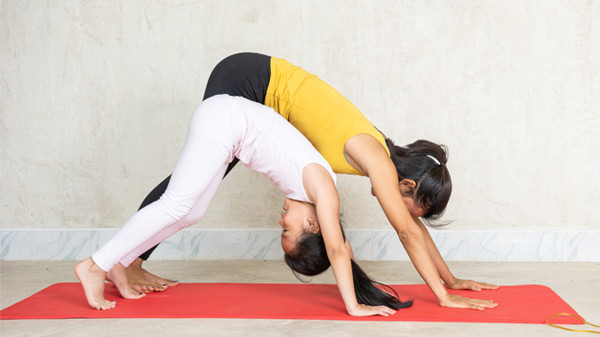
- Yoga For Back Pain -
Yoga can be an effective practice for alleviating back pain. Regularly practicing yoga can improve flexibility, strengthen the core muscles, and promote better posture, all of which can help reduce and prevent back pain. Certain yoga poses specifically target the back, such as cat-cow, child’s pose, downward-facing dog, and cobra pose. These poses stretch and strengthen the muscles in the back, providing relief and promoting healing. It’s important to listen to your body and only do poses that feel comfortable and safe. If you have severe or chronic back pain, it is advisable to consult with a healthcare professional before starting a yoga practice.
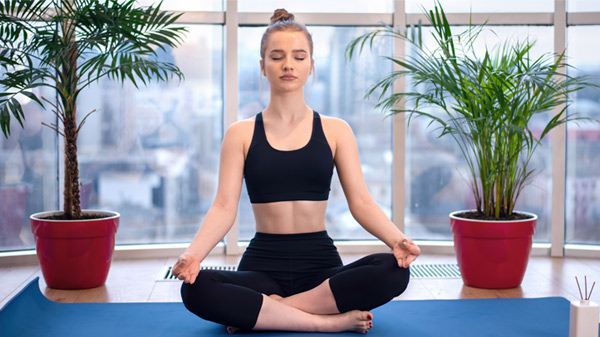
- Yoga For Stress & Anxiety Management -
Yoga is an effective practice for managing stress and anxiety. Its combination of physical postures, breathing exercises, and meditation techniques helps calm the mind and relax the body. When practiced regularly, yoga can reduce stress hormones, lower blood pressure, and improve overall well-being. The physical aspect of yoga involves gentle stretching and strengthening exercises, which release tension in the muscles and promote relaxation. These movements also increase blood circulation, delivering more oxygen and nutrients to the body’s tissues, including the brain. As a result, yoga helps alleviate physical symptoms associated with stress and anxiety, such as headaches and muscle pain. The breathing exercises in yoga, known as pranayama, focus on deep and controlled breaths. Regular meditation practice trains the mind to stay focused and present, reducing worry and rumination, which are common characteristics of anxiety.

- Yoga For Hypothyroidism -
Yoga can be a beneficial complementary practice for individuals with hypothyroidism. Regular yoga practice can help improve thyroid function, alleviate symptoms, and promote overall well-being. Certain yoga poses, such as shoulder stand (Sarvangasana), fish pose (Matsyasana), and camel pose (Ustrasana), are believed to stimulate the thyroid gland and increase its function. These poses involve gentle stretching and compression of the neck, which may help improve blood flow and energy flow to the thyroid gland. Additionally, yoga can help reduce stress levels, which is important because stress can negatively affect thyroid function. Yoga breathing exercises, such as alternate nostril breathing (Nadi Shodhana) and deep belly breathing (Diaphragmatic breathing), can further support relaxation and stress reduction.

- Geriatric Yoga -
Geriatric yoga is a form of yoga specifically designed for older adults. It focuses on gentle movements, flexibility, balance, and relaxation to cater to the unique needs and limitations of aging bodies. Geriatric yoga incorporates modified poses, breathing exercises, and meditation techniques to promote physical well-being, reduce stress, improve joint mobility, and enhance overall quality of life. It is a safe and effective way for seniors to maintain or improve their physical fitness, alleviate age-related ailments, and cultivate a sense of inner peace and tranquility. Regular practice of geriatric yoga can provide numerous benefits for older adults, including increased flexibility, improved posture, better sleep, reduced anxiety, and enhanced mental clarity.

- Advanced Yogasana & Pranayama Practice -
Advanced yogasana and pranayama practices involve complex and challenging postures and breathing techniques. These practices require a solid foundation in basic yoga and pranayama techniques, as well as guidance from an experienced instructor. It is important to approach advanced practices with caution, as they can be physically demanding and may require gradual progression over time. Some examples of advanced yogasanas include arm balances, inversions (such as headstand and handstand), deep backbends (such as wheel pose), and advanced twists and binds. Advanced pranayama practices often involve breath retention (kumbhaka), alternate nostril breathing (nadi shodhana), and advanced breathing ratios, such as practicing longer exhalations than inhalations.

- Meditation & Trataka Practice -
Meditation and Trataka are two practices that focus on enhancing awareness and promoting mental clarity. Meditation involves the cultivation of mindfulness and concentration. It typically involves finding a quiet and comfortable place, assuming a relaxed posture, and directing attention to a specific object of focus, such as the breath or a mantra. The goal is to observe thoughts and sensations without judgment, allowing the mind to settle and achieve a state of inner calm. Trataka, on the other hand, is a specific meditation technique that involves gazing at a fixed point or object. Traditionally, this object is a candle flame, but it can also be an image or a symbol. Trataka is believed to enhance concentration, improve visual perception, and promote inner stillness.
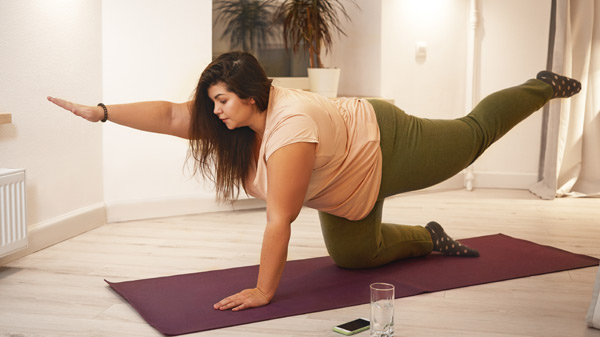
- Yoga For Weight Loss -
Yoga can be an effective tool for weight loss. Its combination of physical postures, breathing exercises, and meditation helps improve overall fitness and balance, leading to weight reduction. Yoga helps burn calories, build lean muscle mass, and increase metabolism. It also promotes mindfulness and stress reduction, which can prevent emotional eating and improve dietary choices. Regular practice of yoga can enhance body awareness, improve digestion, and regulate hormones, all of which contribute to weight loss.

- Prenatal Yoga -
Prenatal yoga is a gentle and safe form of exercise specifically designed for pregnant women. It focuses on poses, breathing techniques, and relaxation exercises that help support the changing needs of the mother’s body during pregnancy. Prenatal yoga promotes flexibility, strength, and balance while also reducing common pregnancy discomforts such as back pain, swelling, and fatigue. It can also improve circulation, alleviate stress, and promote better sleep. Additionally, prenatal yoga classes provide a supportive community of expectant mothers, offering a space for sharing experiences and concerns. However, it’s important for pregnant women to consult with their healthcare provider before starting any new exercise routine, including prenatal yoga, to ensure it is suitable for their individual needs.

- Postnatal Yoga -
Postnatal yoga is a gentle and effective way for new mothers to recover and regain strength after giving birth. It focuses on restoring the body’s balance, toning the muscles, relieving stress, and promoting overall well-being. Postnatal yoga sequences typically include gentle stretches, breathing exercises, and relaxation techniques. These practices help improve core stability, pelvic floor strength, and posture, which can be affected during pregnancy and childbirth. Additionally, postnatal yoga provides a nurturing environment for mothers to connect with their bodies, manage fatigue, and promote emotional healing. It is important for new mothers to consult with their healthcare provider before starting any exercise program and to find a qualified yoga instructor experienced in postnatal yoga.
